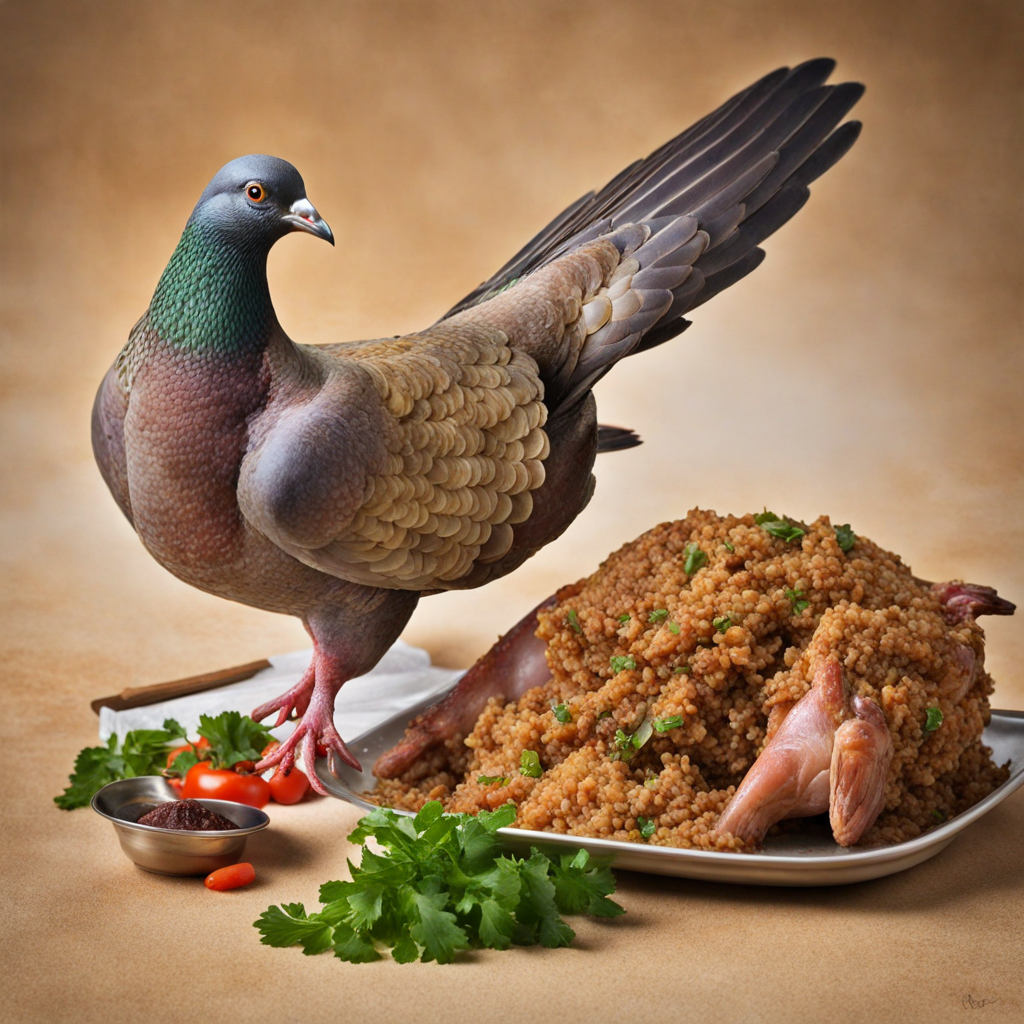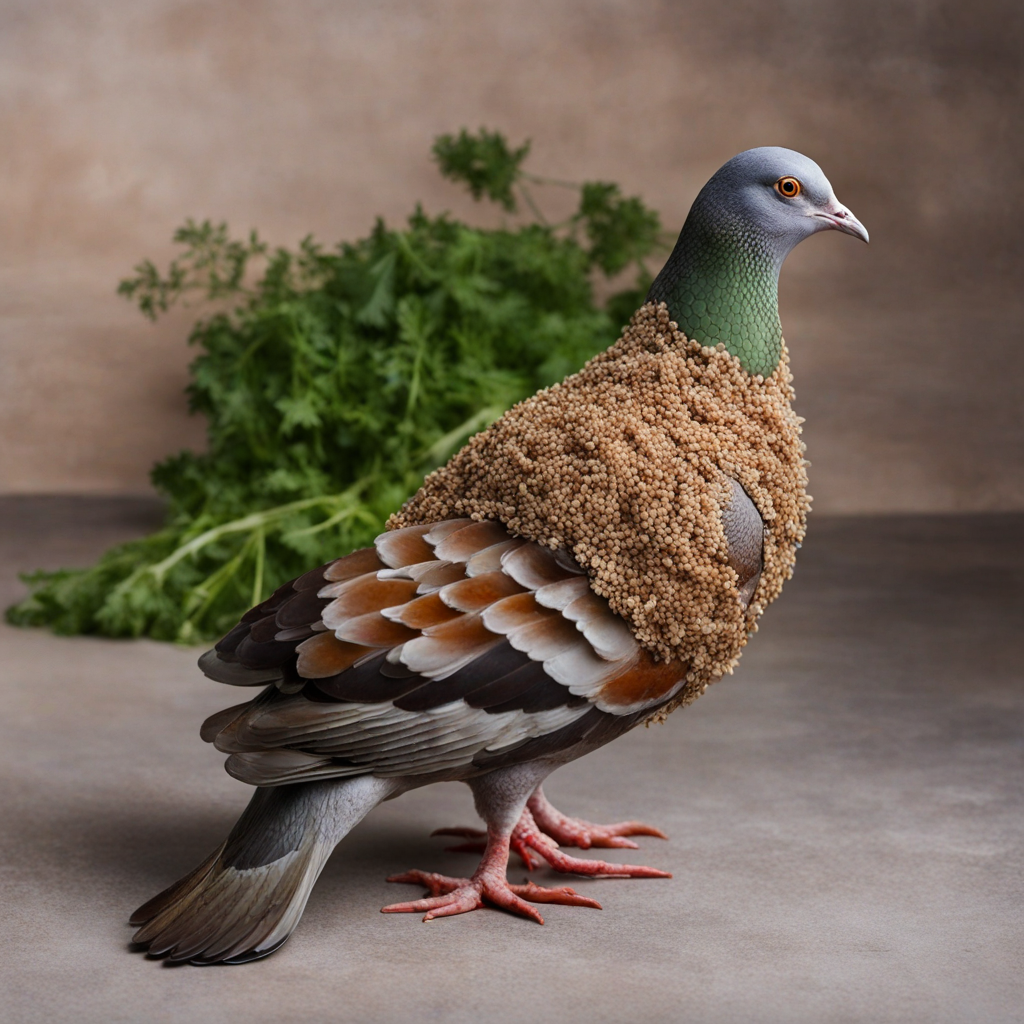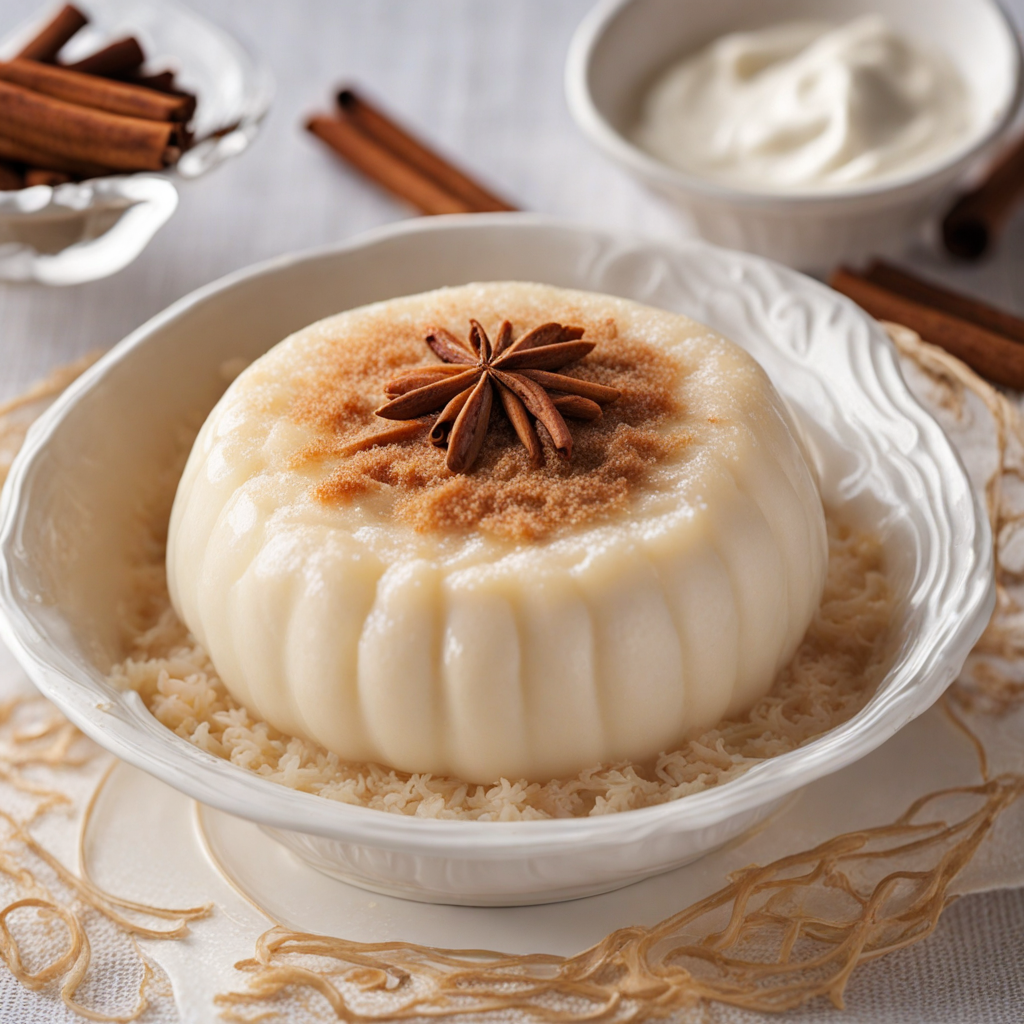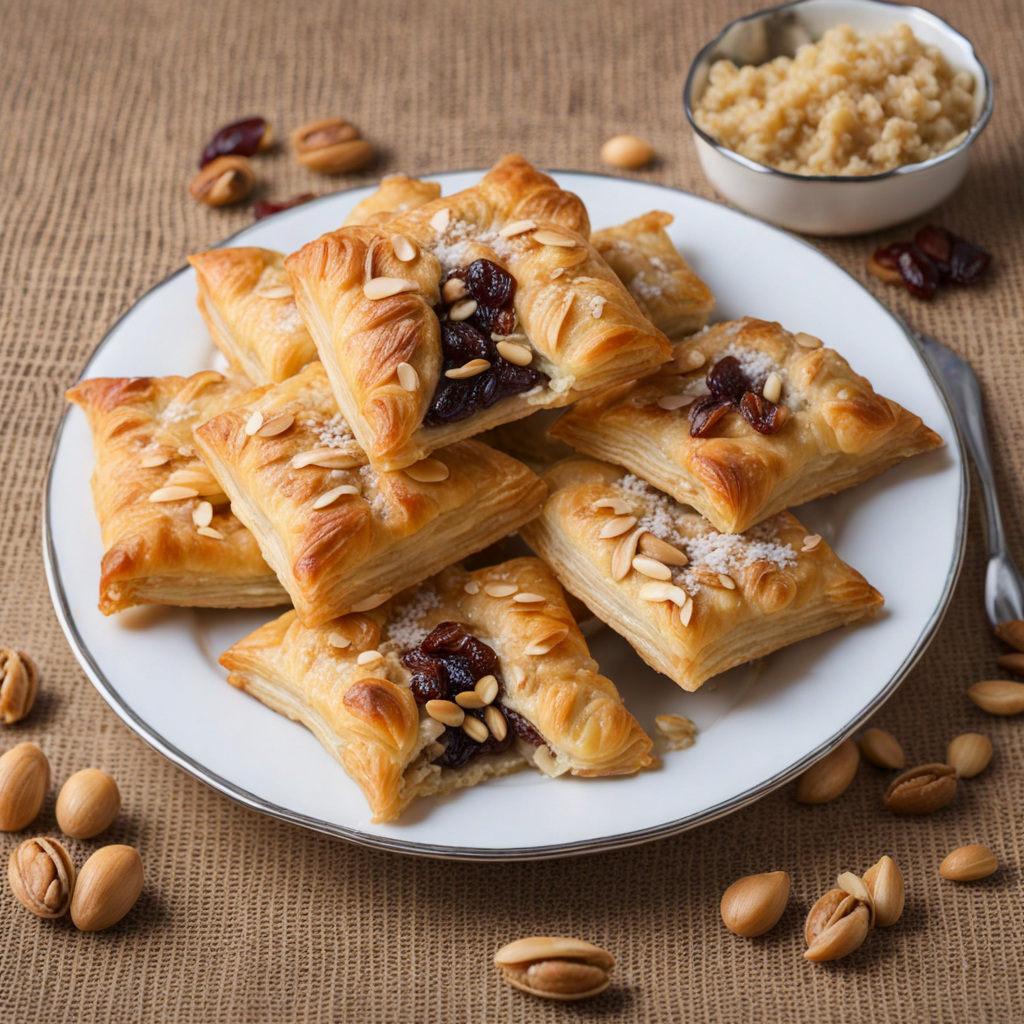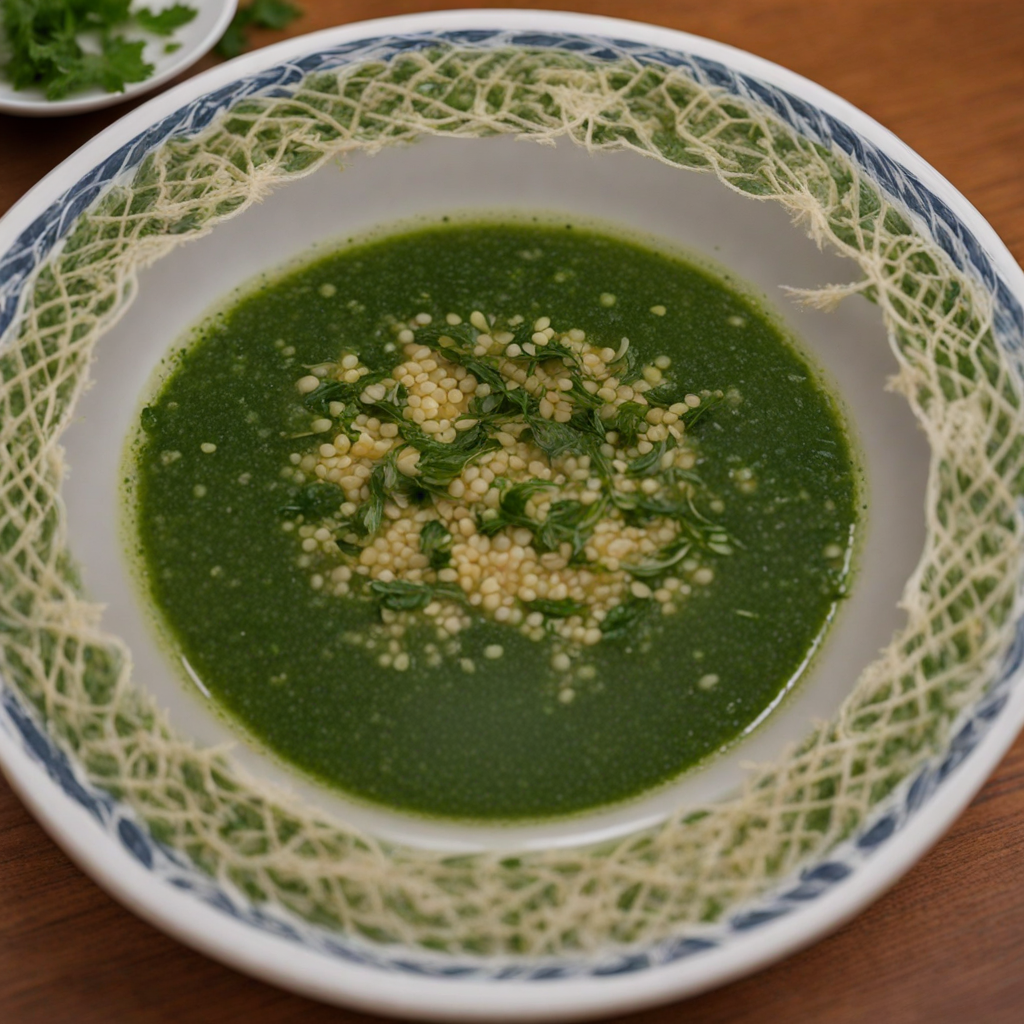Stuffed Pigeon
Stuffed pigeon, known as "Hamam Mahshi" in Egypt, is a traditional dish that encapsulates the rich culinary heritage of the country. This dish showcases tender pigeon, which is often marinated with a blend of aromatic spices before being delicately stuffed. The stuffing typically consists of a mixture of rice, herbs, and sometimes nuts and raisins, all seasoned to perfection. The combination of flavors creates a comforting and hearty filling that complements the succulent meat, making it a beloved choice among both locals and visitors alike. Cooking methods for stuffed pigeon vary, with many opting for slow-roasting to achieve a beautifully golden and crispy skin. The roasting process allows the flavors from the stuffing to meld with the pigeon, resulting in a dish that is not only visually appealing but also bursting with taste. Served alongside a tangy tomato sauce or a side of fresh salad, the dish provides a delightful contrast that enhances the overall dining experience. Stuffed pigeon is often featured in festive occasions and family gatherings, symbolizing both hospitality and culinary artistry in Egyptian culture. Each bite offers a unique taste of the spices and ingredients used, making it a truly memorable dish. For those adventurous enough to explore new tastes, stuffed pigeon is a remarkable fusion of flavors that highlights the essence of Egyptian cuisine, inviting you to savor the heart and soul of the nation.
How It Became This Dish
The History of "حمام محشي" (Stuffed Pigeon) in Egypt #### Origins and Early History "حمام محشي," or stuffed pigeon, is a beloved dish in Egyptian cuisine that encapsulates the rich tapestry of the country's historical and cultural evolution. The origins of this dish can be traced back to ancient Egypt, where pigeons were domesticated and raised for their meat. Archaeological findings suggest that pigeons were consumed as early as 3000 BCE, with depictions of birds and hunting scenes found in tomb paintings, indicating their prominence in the diet of ancient Egyptians. Pigeons were not only a source of sustenance but also held symbolic significance in ancient Egyptian culture. They were associated with fertility and rebirth, often depicted in religious iconography. The ancient Egyptians recognized the nutritional value of pigeon meat, which is low in fat and high in protein, making it a favored choice among the populace. #### Cultural Significance Over the centuries, "حمام محشي" evolved from a simple dish into a culinary symbol of Egyptian hospitality and tradition. The dish typically consists of young pigeons that are stuffed with a mixture of rice, herbs, spices, and occasionally nuts. The stuffing varies by region and family, reflecting local flavors and culinary practices. Common ingredients include rice, spices such as cinnamon and allspice, and herbs like parsley and mint. The pigeons are then cooked until tender, often roasted or simmered, resulting in a succulent and flavorful dish. In Egyptian culture, "حمام محشي" is often associated with special occasions and gatherings. It is customary to serve this dish during festive celebrations, family reunions, and holidays, underscoring its role in fostering community and connection. The act of preparing and sharing this dish is imbued with significance, as it brings families together and reinforces social bonds. #### The Influence of Various Eras The development of "حمام محشي" reflects the broader culinary influences that have shaped Egyptian cuisine through the ages. With the arrival of Islamic culture in the 7th century, new spices and cooking techniques were introduced, enriching the flavors of traditional dishes. The use of spices such as cumin, coriander, and saffron became more prevalent, further enhancing the appeal of stuffed pigeon. During the Mamluk period (1250-1517), the culinary arts flourished, and "حمام محشي" gained prominence among the elite. The dish was often served at banquets and feasts, showcasing the wealth and sophistication of the hosts. Recipes for stuffed pigeon became more elaborate, incorporating a variety of fillings and cooking methods. The Mamluks’ love for gastronomy not only influenced "حمام محشي" but also left an indelible mark on the entire fabric of Egyptian cuisine. The Ottoman Empire's influence in the 16th century introduced new flavors and techniques, further diversifying the stuffing options for pigeons. The incorporation of dried fruits and nuts became popular, adding a sweet contrast to the savory elements of the dish. This fusion of flavors reflects the historical exchanges that took place across the Mediterranean and the Middle East. #### Modern Adaptations In contemporary Egypt, "حمام محشي" continues to be a cherished dish, transcending social and economic boundaries. It is found in both humble homes and upscale restaurants, demonstrating its versatility and enduring appeal. While the traditional preparation remains popular, modern chefs have begun to experiment with innovative twists on the classic recipe. Some have introduced quinoa or bulgur wheat as alternatives to rice, while others have infused the stuffing with modern flavors like feta cheese or sun-dried tomatoes. Street vendors and local eateries serve "حمام محشي" as a quick and satisfying meal for those on the go, showcasing its adaptability to modern lifestyles. The dish is often accompanied by a side of salad or pickled vegetables, enhancing the dining experience with contrasting textures and flavors. Despite these modern interpretations, the essence of "حمام محشي" remains rooted in its historical and cultural significance. The dish is a testament to the resilience and creativity of Egyptian culinary traditions, reflecting the country’s ability to adapt while honoring its rich heritage. #### Conclusion The history of "حمام محشي" is a fascinating journey through time, encapsulating the essence of Egyptian identity and culture. From its ancient origins to its status as a modern staple, stuffed pigeon has evolved while retaining its significance as a symbol of hospitality and celebration. The dish embodies the spirit of community, bringing families and friends together around the dining table. As Egypt continues to navigate the complexities of the modern world, "حمام محشي" stands as a reminder of the enduring power of food to connect people across generations. It invites us to savor not just its flavors but also the stories and traditions that make it a cherished part of Egypt’s culinary landscape. Whether enjoyed at a festive gathering or as a comforting home-cooked meal, "حمام محشي" serves as a delicious link to Egypt's past, present, and future.
You may like
Discover local flavors from Egypt


